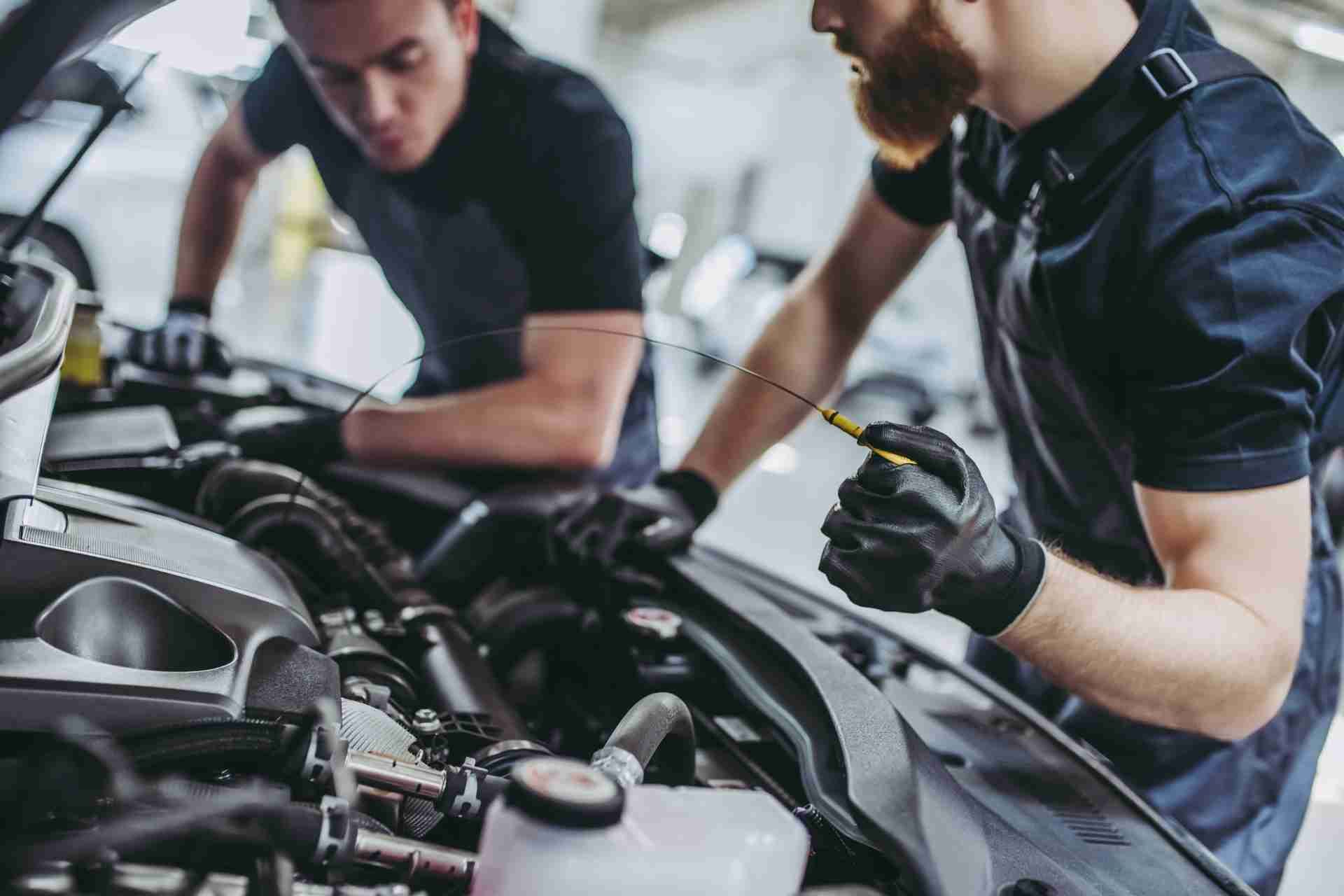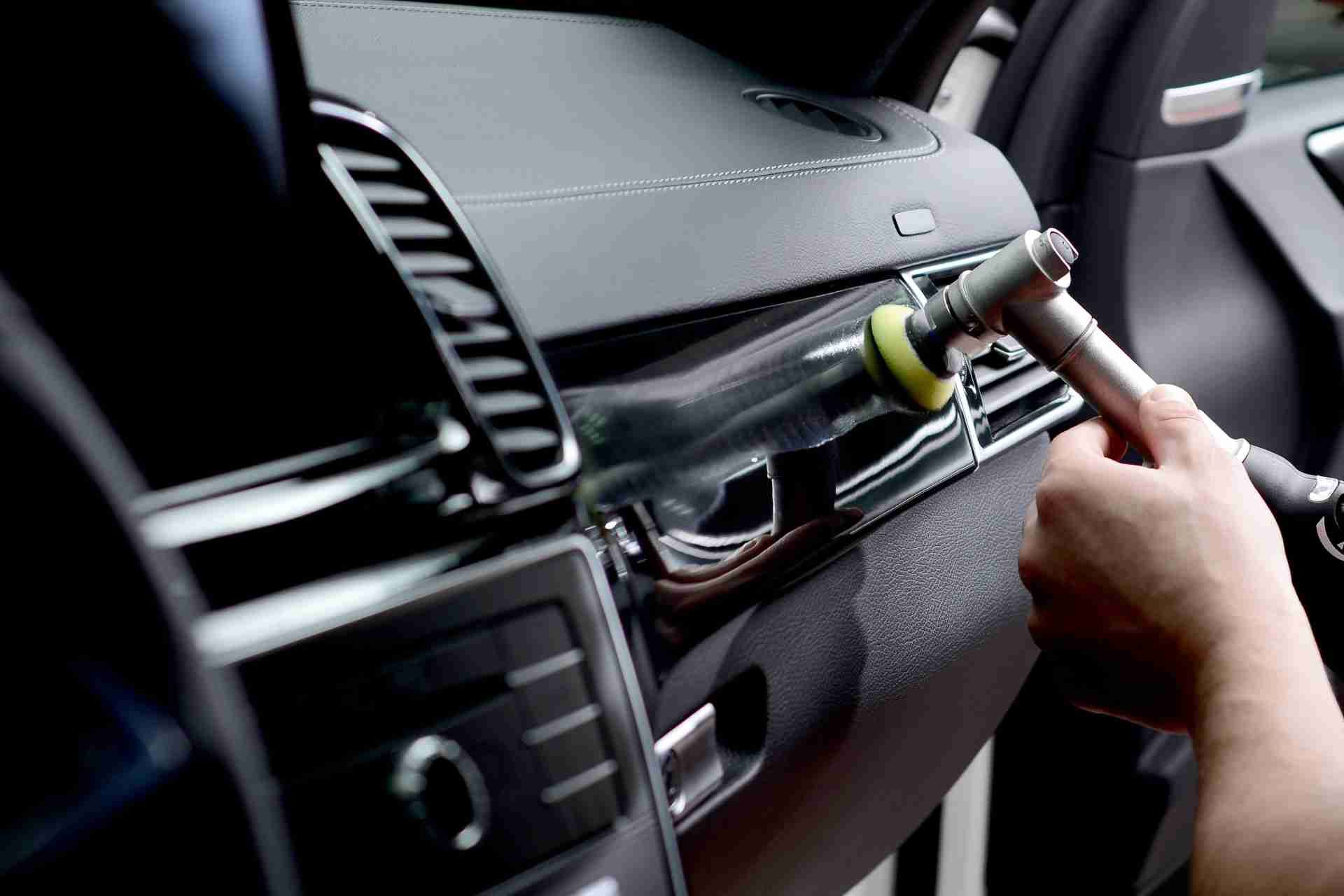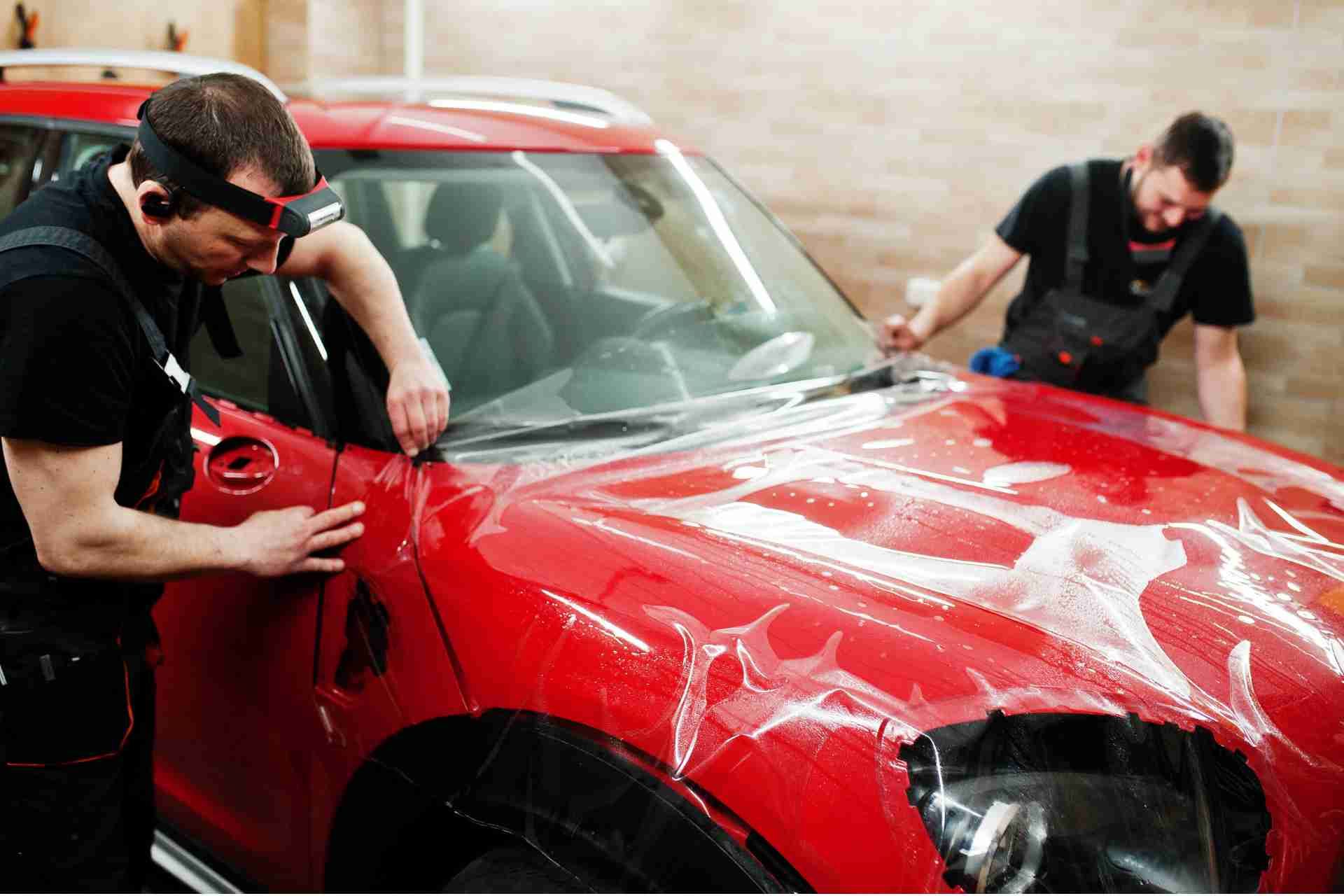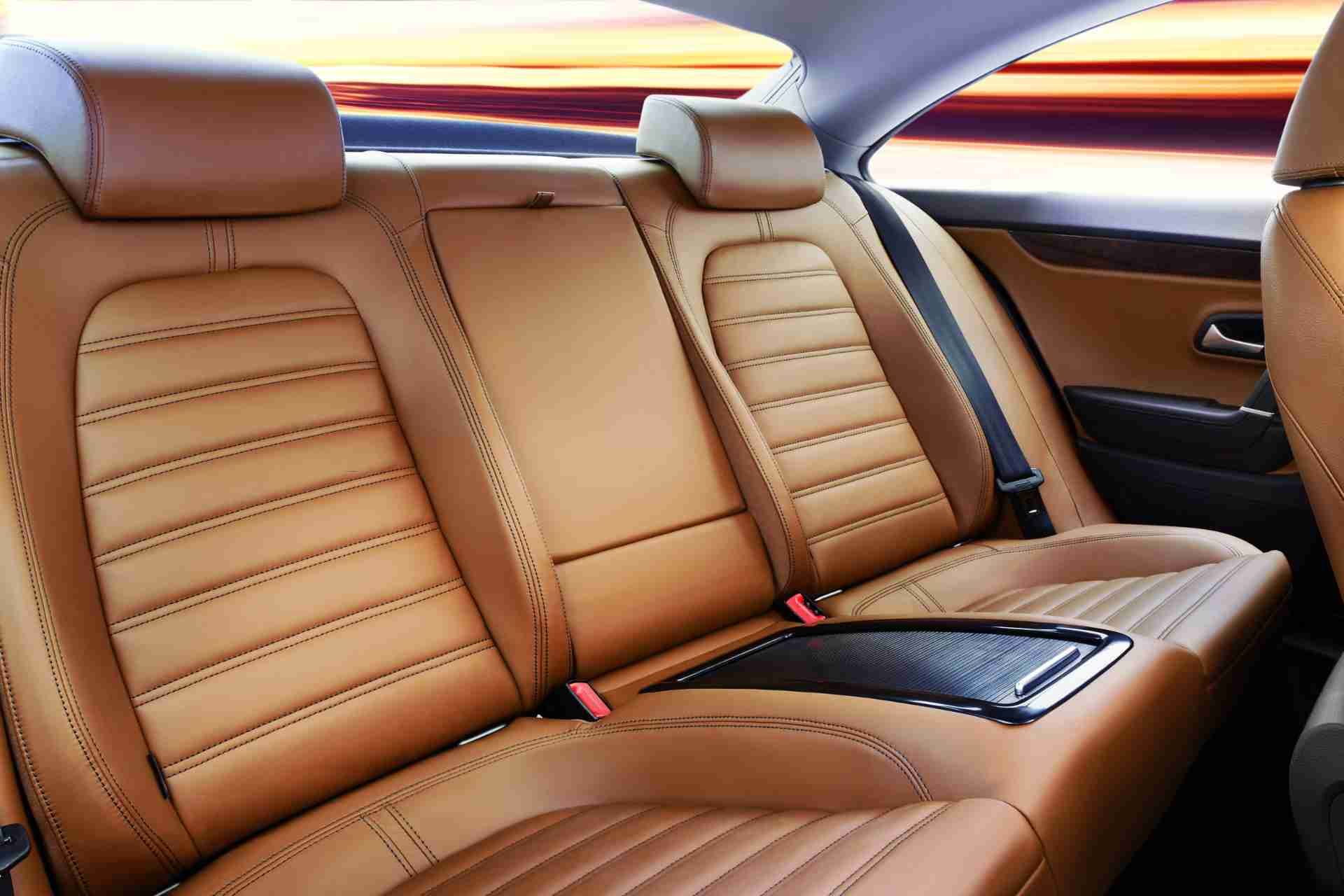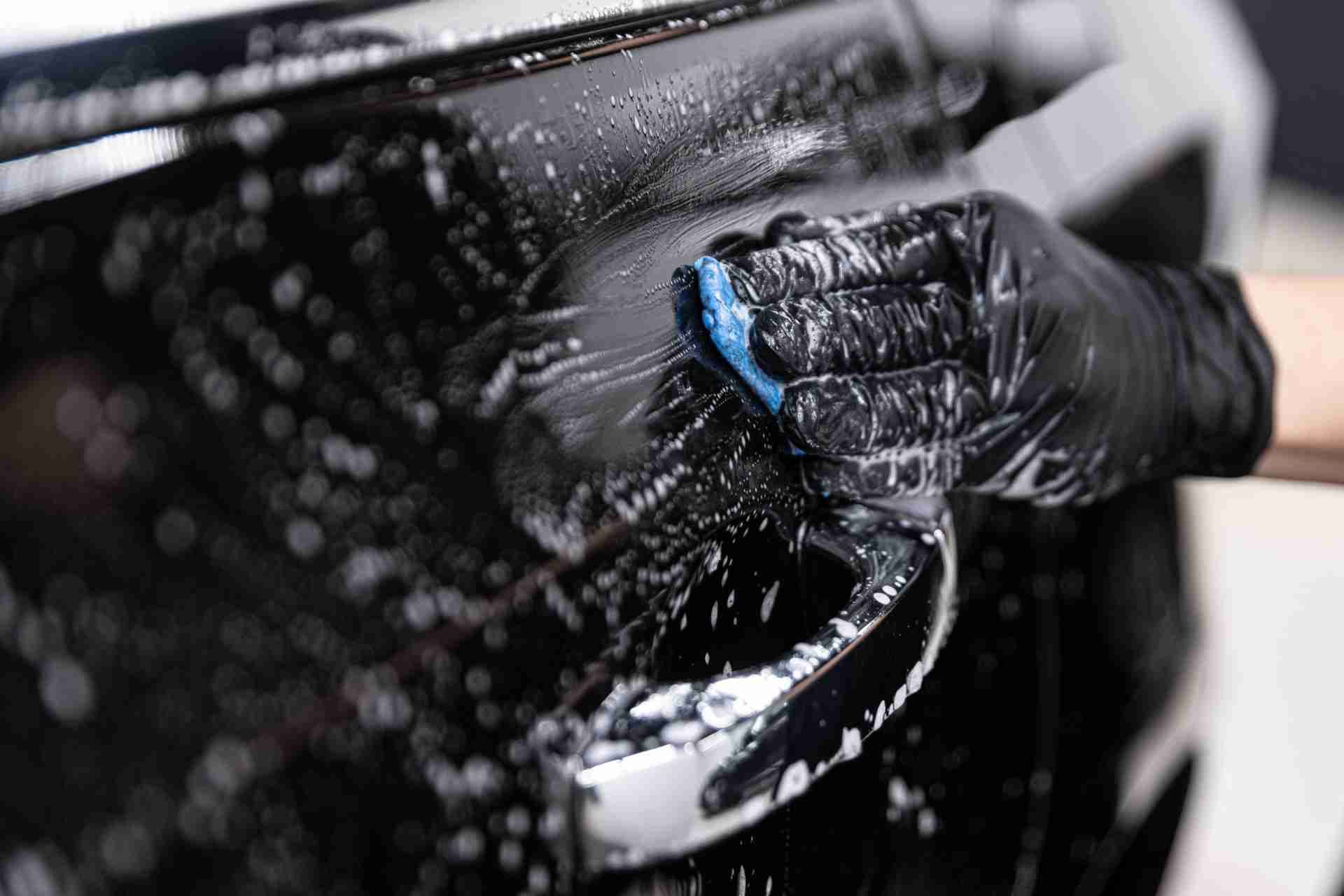Best Way to Repair Car Paint Damage
Your car's paint job is like its skin - it's the first thing people see and it's what protects the metal underneath. So when your car's paint gets damaged, it's important to repair it as soon as possible to prevent further corrosion and maintain the aesthetic value of your vehicle.
When it comes to repairing car paint damage, you might feel like it's an insurmountable task that requires professional intervention.
Luckily, there are several ways to repair car paint damage and restore your vehicle's appearance. Here are some of the best way to repair car paint damage to consider:
Assessing the Extent of Damage
When assessing the extent of damage to your car's paint, start by closely inspecting the affected areas for any signs of scratches or dents. Carefully evaluate each scratch to determine if it's superficial or if it has penetrated through the paint layers. For minor scratches, a simple paint touch-up might suffice. However, deeper scratches may require more extensive repair work such as buffing or even repainting the affected area.
Next, focus on paint matching to ensure a seamless repair job. Matching the paint color precisely is crucial for a professional finish. Take note of the exact shade of your car's paint and use color swatches or paint matching tools to find the closest match. Once you have identified the right color, proceed with the repair process. By paying attention to scratch evaluation and paint matching, you can effectively address the damage to your car's paint and restore its appearance.
Attempting to repair paint damage without assessing the extent of the damage can result in further complications. For example, if you try to fill in a deep scratch with touch-up paint, you may end up making it look even worse. Similarly, if you apply a polish or wax over paint damage without addressing the underlying issue, it may only temporarily hide the damage and not provide a long-term solution.
Gathering the Necessary Materials
To ensure a successful repair job, gather the necessary materials for fixing the car's paint damage. Begin by acquiring a paint touch-up kit that matches your car's color code. These kits typically include basecoat paint, clear coat, primer, and other essential items for touch-up work.
Additionally, you'll need sandpaper with varying grits for surface preparation. A fine-grit sandpaper is useful for smoothing out the damaged area, while a coarser grit can help remove rust or old paint.
Apart from sandpaper, have some wax and grease remover on hand to clean the surface thoroughly before applying the touch-up paint. Masking tape and newspapers will be necessary to protect the surrounding areas from accidental paint overspray.
Lastly, gather microfiber cloths for wiping down the surface between each step of the repair process. With these materials in place, you can proceed confidently to the step-by-step repair process.
Touch-Up Paint
Touch-up paint is a handy product to have on hand for anyone who owns a car, furniture, or any other item that may be prone to scratches or dents. It can be a lifesaver when it comes to maintaining the appearance of your belongings and keeping them looking their best.
Whether you have a small scratch on your car door, a chip in your wooden coffee table, or a scuff on your kitchen cabinets, touch-up paint can help to quickly and easily cover up imperfections and restore the item to its former glory. It can save you time and money by preventing the need for expensive repairs or replacement.
One of the great things about touch-up paint is that it comes in a variety of colors and finishes to match your specific needs. Whether you have a metallic silver car or a glossy black table, you can find a touch-up paint that will blend seamlessly with the existing finish.
Using touch-up paint is easy and can be done by anyone, regardless of their level of experience with DIY projects. Simply clean the area to be touched up, apply the paint with a brush or applicator, and allow it to dry. The end result will be a flawless finish that looks as good as new.
It’s important to note that touch-up paint is not just for aesthetics – it can also help to prevent further damage to the affected area. By covering up scratches and chips, you can protect the underlying material from exposure to the elements and potential corrosion.
Paint Correction
Paint correction is a popular term in the world of auto detailing, but what exactly does it mean? Essentially, paint correction is the process of restoring or enhancing the paint on a vehicle to its original or better condition. This involves removing imperfections such as swirl marks, scratches, oxidation, and other defects that may have accumulated on the paint over time.
There are a few different methods that can be used to correct paint, including machine polishing, wet sanding, and clay bar treatments. Machine polishing is the most common method used, as it is the most effective and efficient way to remove imperfections from the paint. This process involves using a machine polisher with specific polishing pads and compounds to gently abrade the surface of the paint, removing defects and restoring a smooth, shiny finish.
Wet sanding is another method used for more severe paint defects, such as deep scratches or heavy oxidation. This process involves using sandpaper with a fine grit to carefully sand down the surface of the paint, removing imperfections and smoothing out the finish. Wet sanding requires a skilled hand and should only be done by experienced professionals to avoid damaging the paint.
Clay bar treatments are a less aggressive method of paint correction that involves using a clay bar and lubricant to gently remove contaminants from the surface of the paint. This process is often used as a preliminary step before machine polishing to ensure a clean surface and maximize the effectiveness of the polishing process.
Paint correction is not only beneficial for improving the appearance of a vehicle, but it also helps to protect the paint and extend its lifespan. By removing imperfections and creating a smooth, glossy finish, paint correction can prevent further damage from occurring and make the paint easier to maintain in the future.
Paintless dent repair
Paintless dent repair, also known as paintless dent removal or PDR, is a revolutionary technique that has changed the way we approach car dent repairs. Traditional dent repair methods often involve filling, sanding, and repainting the damaged area, which can be time-consuming, costly, and ultimately reduce the resale value of your vehicle. However, with paintless dent repair, all of those issues are a thing of the past.
So, what exactly is paintless dent repair and how does it work? Paintless dent repair is a technique where skilled technicians use specialized tools to massage and reshape the metal back to its original form, without the need for any filler or repainting. This process can be used to repair a wide range of dents, creases, and hail damage, leaving your vehicle looking as good as new.
One of the main benefits of paintless dent repair is its speed and convenience. Since there is no need for repainting or drying time, most repairs can be completed in just a few hours, allowing you to get back on the road in no time. Additionally, paintless dent repair is usually more cost-effective than traditional repair methods, since it eliminates the need for costly materials and labor.
Professional repaint
Professional repaints are not just about slapping on a new coat of paint. They involve a meticulous process that begins with preparing the surface of the car. This involves sanding down the old paint, filling in any dents or scratches, and priming the surface to ensure the new paint adheres properly
Once the surface is prepped, the new paint color is applied. Professional painters have the skills and expertise to ensure a smooth, even coat of paint that looks flawless. They also use high-quality paint that is designed to last and withstand the elements, keeping your car looking great for years to come.
One of the main benefits of a professional repaint is the customization options available. You can choose from a wide range of colors and finishes to create a look that is uniquely yours. Whether you want a sleek, glossy finish or a matte, satin look, a professional painter can help you achieve the exact style you want.
Another benefit of a professional repaint is the increase in resale value. A freshly painted car will look newer and more appealing to potential buyers, increasing its value and making it easier to sell when the time comes.
Prevention is key
To keep your car looking its best and maintain its value, it is important to prevent car paint damage. Here are some tips to help you protect your car's paint job.
- Wash your car regularly: Regularly washing your car removes dirt, dust, and other contaminants that can cause scratches and dull the paint. Use a pH-balanced car shampoo and a soft microfiber cloth to avoid scratching the paint.
- Avoid parking in direct sunlight: The UV rays from the sun can fade and damage your car's paint over time. Whenever possible, park your car in a shaded area or use a car cover to protect it from the sun.
- Wax your car: Waxing your car creates a protective barrier between the paint and environmental contaminants. It also helps to maintain the shine and luster of your car's paint job. Apply a high-quality car wax every few months for maximum protection.
- Avoid harsh chemicals: Harsh chemicals like gasoline, oil, and certain cleaners can damage your car's paint. Be cautious when handling these substances and avoid spilling them on your car's body.
- Use a paint protection film: Paint protection films are a great way to shield your car's paint from chips, scratches, and other damage. These clear films are typically applied to the front of the car to protect it from road debris and other hazards.
- Keep your car covered: If you don't have access to a garage, consider investing in a car cover to protect your vehicle from the elements. A cover can shield your car from rain, snow, bird droppings, and other harmful substances.
Step-By-Step Repair Process
Step 1: Assess the Damage
The first step in repairing car paint damage is to assess the extent of the damage. Take a close look at the affected area and note any scratches, chips, or peeling paint. Determine if the damage is superficial or if it has penetrated through to the metal beneath the paint.
Step 2: Clean the Area
Before beginning the repair process, it's important to clean the affected area thoroughly. Use a mild soap and water solution to remove any dirt, grime, or wax from the surface of the paint. Dry the area completely before moving on to the next step.
Step 3: Sand the Area
If the damage to the paint is superficial, you may be able to sand down the affected area to remove any imperfections. Use a fine-grit sandpaper to gently sand the damaged area in a circular motion. Be sure to sand evenly and carefully to avoid creating further damage to the paint.
Step 4: Fill in Chips and Scratches
For deeper chips and scratches, you may need to fill in the damaged area with a touch-up paint or clear coat. Use a small brush or applicator to carefully apply the touch-up paint to the damaged area, being sure to fill in the entire chip or scratch.
Step 5: Smooth and Buff
Once the touch-up paint has dried, use a fine-grit sandpaper to gently smooth out any rough edges or imperfections in the repaired area. After sanding, use a polishing compound to buff the area to a smooth, glossy finish.
Step 6: Apply a Protective Coat
To protect the repaired area and ensure a long-lasting finish, apply a clear coat or wax to the affected area. This will help to seal in the repair and provide added protection against future damage.
Don’t Delay the Repair
At
CV Mobile Auto Spa, we take pride in our work and strive to provide the best possible service to every customer. Our goal is to exceed your expectations and leave you thrilled with the results. So why wait any longer to repair the damaged paint on your car?
Contact us today to schedule your appointment and get your vehicle looking its best!


